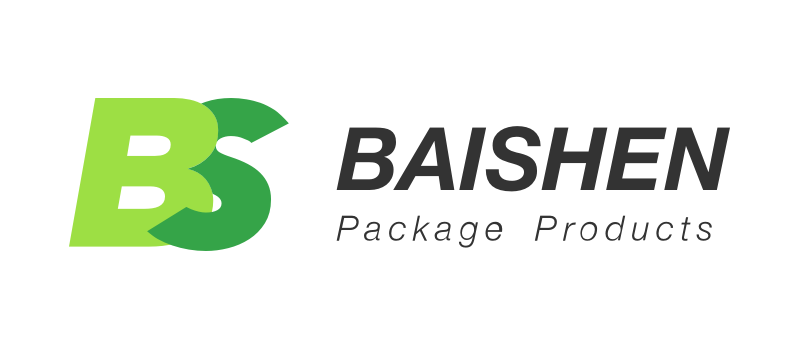Introduction
The gusseted bag is a packaging innovation that has brought about one of the most significant changes in functionality and marketability in a dynamic and highly competitive world of packaging. With the world packaging market moving towards flexible, efficient, and consumer-oriented packaging, it is more important to know the technical merits and commercial benefits of different packaging solutions. The market research has shown that flexible packaging is experiencing a very strong growth trend in the future due to consumer preferences for convenience and sustainability, and protection of superior products. In this scenario, the gussetted bag has become a bedrock technology, which is a complex set of solutions that meet both the needs of the brands and consumers. This guide offers a more detailed look into the gusseted bag, its basic design, and its strategic business uses.
What Is a Gusseted Bag?
In simple terms, a gusseted bag is a form of flexible packaging that is marked by the presence of a gusset, or an additional piece of fabric or a crease created on the sides or the bottom of a bag. This architectural element enables the bag to grow larger than the size of a regular flat pouch, which makes it a popular choice for those needing huge internal capacity. A gusseted bag also has a bottom panel or expandable sides in comparison to traditional flat bags, which can be sealed on two or three sides, and the capacity is limited by the length and width of the bag.
The bag can be rolled out flat when it is empty and thus takes up little space. The gussets are filled to make the bag a three-dimensional container. This is the defining feature of this capability to add capacity without significantly raising the overall size of the packaging footprint. The design offers extra space for the product, especially for big and irregular shapes, which makes it a very versatile and effective form of packing.
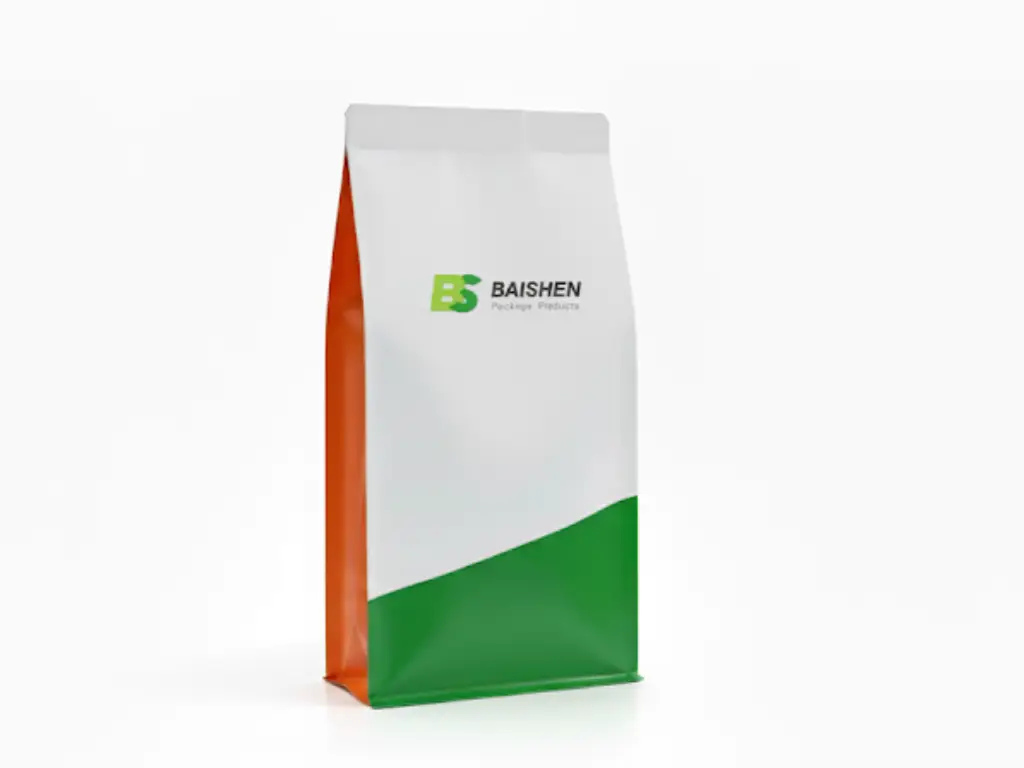
Key Benefits of Gusseted Bags for Businesses
This fundamental design innovation is not merely a technical curiosity; it translates directly into a suite of strategic advantages for businesses. The adoption of gusseted packaging offers a multitude of benefits that extend far beyond simple product containment.
● Enhanced Shelf Presence and Brand Real Estate
The fact that numerous gusseted bag designs, and especially bottom gusset bags, can sit upright on a retail shelf is actually one of the most important commercial advantages. This forms a stable and upright billboard of the brand, and the most visibility in a saturated market. This erect posture offers a larger, more visible flat area of graphics and message than lay-flat packaging. It works successfully to enhance the shelf real estate with the brand, grabbing the consumers’ attention and making a sale at the point of purchase.
● Increased Branding and Information Canvas
The three-dimensional design offers ample canvas area to brand, nutritional content, regulation details, and narration. A company can use various printable panels (front, back, sides, and in some cases, bottom) to convey its value proposition. This is essential when the products demand a lot of information and the brands seek to create a solid brand identity using custom packaging.
● Optimized Storage and Logistical Efficiency
Gusseted bags are very efficient in terms of storage efficiency. This allows them to have a larger volume of product in relation to their surface area, to decrease the secondary packaging and pallet space. When empty, they are shipped and stacked flat, which occupies much less space as compared to hard containers such as jars or boxes. This will translate into physical cost-saving in warehousing and delivery, reducing the total carbon footprint of the supply chain of this product.
● Improved Consumer Experience
A properly constructed gusset bag can add value to the end user. Standing pouches can be stored in pantries of consumers without spilling or problems with organization. The curbed form is easily scooped or poured. The packaging (along with other features such as resealable zippers) helps in maintaining product freshness and durability over time, which creates a favourable brand image and loyalty.
Side Gusset vs. Bottom Gusset: Understanding the Key Differences
Although all gusseted bags are used to add volume, the position of the gusset essentially changes the form and structure of the bag. The major difference is between the side gusset and the bottom gusset.
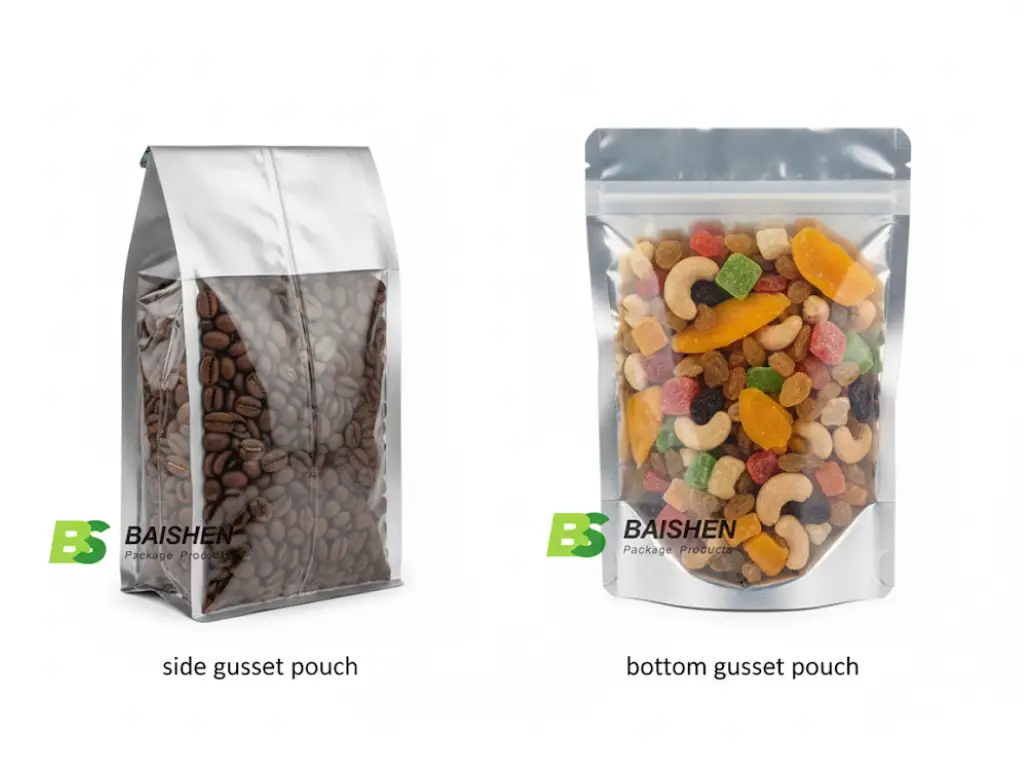
A side gusset bag is one with gussets on each side folded inwards and creased. Upon filling, the bag flattens with a shape that is commonly observed in coffee or flour packs. These bags are very effective at maximizing volume and are very cost-effective, though generally not stable when not full and well-balanced.
A bottom gusset bag, also referred to as a stand-up pouch, on the other hand, incorporates the gusset into the bottom. As the bag fills, this gusset expands to a stable and flat foundation, making it stand on its own. This format is an effective one used in retail products where shelf space is paramount. They can also be varied, such as the plow bottom gusset bag, where the gusset is fashioned out of a piece of film that has been folded inward, making it a bottom that is faintly seamed and can be used in fine powders and other granular products. The shape influences the size of the base of a bottom gusset bag as a whole.
Here is a summary comparison:
| Feature | Side Gusset Bags | Bottom Gusset Bags (Stand-Up Pouches) |
| Gusset Placement | Along both vertical sides of the bag | Integrated into the bottom of the bag |
| Shelf Orientation | Typically lies flat or leans against other products | Stands vertically and independently |
| Primary Advantage | Maximum filling volume; high material efficiency | Superior shelf visibility and brand presentation |
| Common Form | Resembles a block or “quad seal” bag when full | Upright pouch with a stable base |
| Best For | Bulk items, coffee, tea, powders, and industrial parts | Retail-ready snacks, liquids, and premium goods |
Common Uses and Industry Applications
With these unique structural benefits, it is understandable that various industries have been drawn to the type of gusseted bags to address their own packaging problems. These formats are highly adaptable, and this has seen their wide use in many industries.
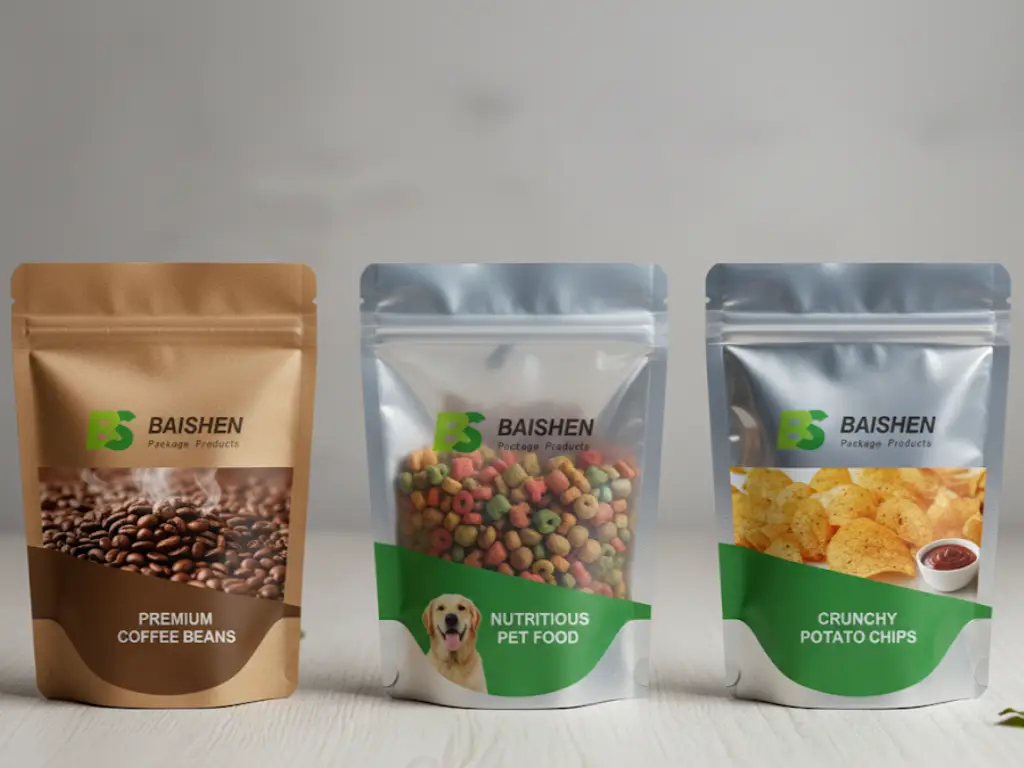
● Food Packaging: This is the biggest market for gusseted bags. Side gusset bags are used in the coffee and tea business to pack whole beans and loose-leaf teas. Stand-up bottom gusset pouches are common with snack foods, cereals, and granola. It is also mostly used as a packaging medium for confectionery.
● Pet Food: Pet food greatly depends on gusseted bags, including small stand-up pouches in the case of treats and large side gusset bags in the case of multi-pound bags of kibble. The lifetime of the materials secures the product, and the construction can carry large amounts of products.
● Powders and Granules: Gusseted designs, especially the plow bottom type, are good in volume in products such as protein powders, flour, sugar, and lawn care products, which do not allow the fine products to be trapped in bottom seals.
● Hardware and Industrial Parts: Gusseted bags are also a good substitute for rigid boxes in packing nails, screws, or other small hardware.
Exploring Common Materials for Gusseted Bags
These all-round applications are not only reliant on the structure of the bag, but also on the choice of the right type of materials. The qualities of a gusseted bag to protect, preserve, and present the product are inextricably connected with the materials in which it is made through laminated construction.
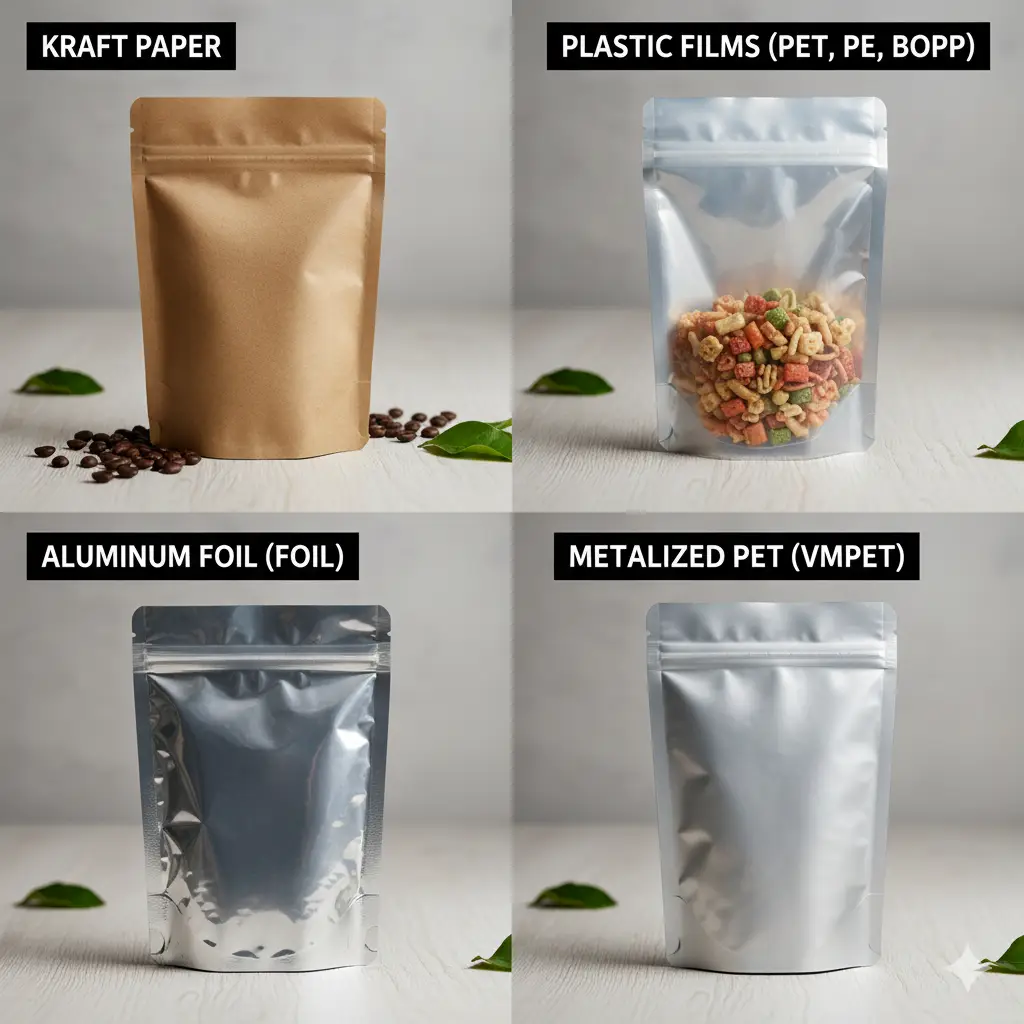
● Kraft Paper: For a Natural, Organic Look
Kraft paper offers a natural, textile feel, ideal in artisanal, organic, and environmentally friendly brands. It is not commonly used on its own, but is usually bonded with polymer or barrier coating on the inside to add strength, sealability, and resistance to moisture and oxygen.
● Plastic Films (PET, PE, BOPP): The Versatile Workhorses
Most gusseted bags are made of a mixture of plastic films. PET is usually utilized as the outermost layer due to its hardness, transparency, and high printability. PE (polyethylene) is typically the most inner, food-contact material as it is pliable and can be heat-sealed. Its high stiffness and transparency may be utilized using biaxially-oriented polypropylene (BOPP).
● Aluminum Foil (FOIL): The Ultimate Barrier
In highly oxygen, moisture, or UV-sensitive products, aluminum foil is laminated into the film structure. It offers an almost perfect barrier, which extends the shelf life of products such as coffee, medical supplies, and sensitive food products.
● Metallized PET (VMPET): The Cost-Effective Alternative
Metallized PET is a process of putting a micro-thin layer of aluminum on a PET film. It gives a metallic look with good barrier qualities, though not absolute like true foil, at a lower price. It is a great selection when it comes to snack foods, which are in need of a good barrier and a high-end appearance.
How to Choose the Right Gusseted Bag for Your Product
The last thing is to put the knowledge, provided with a clear understanding of the available structures and materials, into a methodical choice. When selecting the appropriate gusseted bag, one must carefully consider the product, the channel through which it is carried to the consumer, and the business objectives.
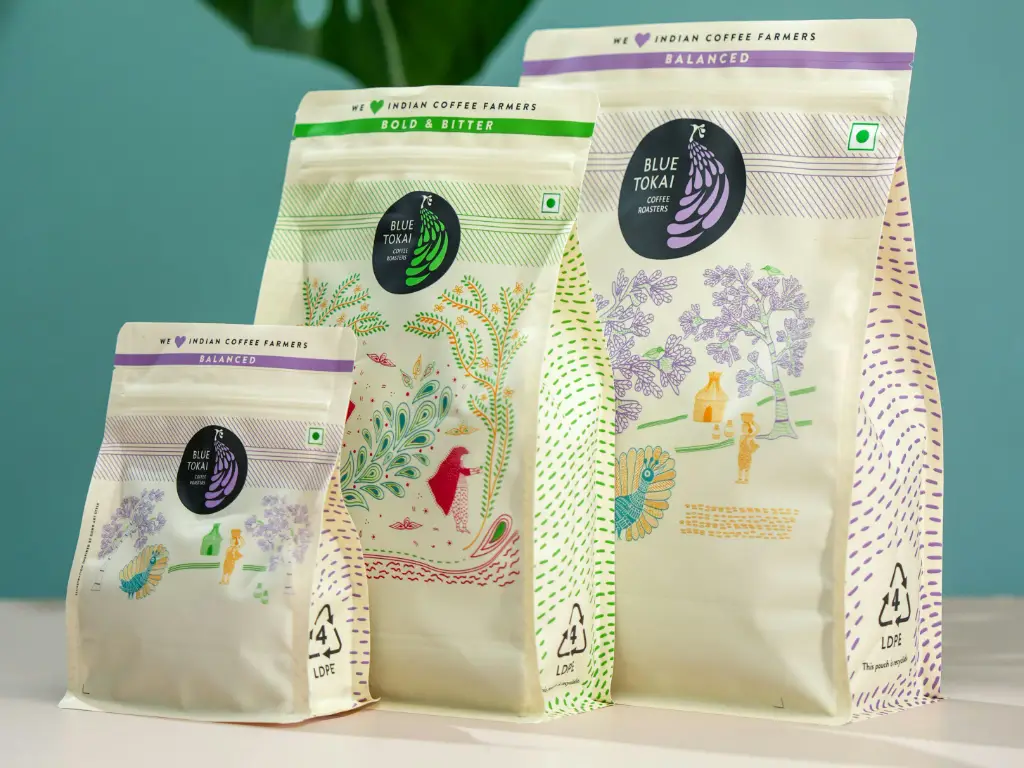
- 1. Product Type: What determines it is the nature of your product. A plow bottom design can be very appropriate for powders and grain. Waterproof and wet food items need high barrier materials that have high seals. Bulky objects that are solid require tough, puncture-proof designs.
- 2. Weight and Bulk Factors: The weight of the product will determine the thickness of the required material and the kind of bottom gusset. In the case of heavy products, the K-Seal bottom gusset is more supportive than a normal Doyen gusset or U-shaped gusset.
- 3. Retail vs. E-commerce Needs: In the brick-and-mortar retail environment, a stand-up pouch is almost always better due to its shelf effect. In the case of e-commerce, where shelf appeal does not matter, a side gusset bag may be a more affordable subjective that is concerned with volume and shipping efficiency.
- 4. Sustainability Requirements: In case environmental performance is a brand priority, one may choose plastic bags that contain post-consumer recycled (PCR) material, compostable materials, or mono-material structures that can be recycled.
- 5. Cost Considerations: The material used, the size of the bag, the complexity of the print, and other details, such as a zipper or a valve, influence the end cost of the unit. There is a need to analyze in detail to balance the performance requirements and the budget constraints.
Baishen Pack: 10+ Years of Excellence in Custom Gusseted Bags
Baishen Pack has over a decade been the preferred provider of high-performance gusseted packaging among international brands. These are certified food-grade materials (SGS, ISO, BRC) we use in combination with an advanced barrier to ensure the products stay fresh, safe, and shelf-ready. Our custom gusseted bags can be designed to safeguard, preserve, and display your products in the most impactful way, whether it is food, drink, pet food, supplements, or personal care. Whether it is resealable zippers and spouts, environmentally friendly films, high-quality finishing, or high-quality digital printing, we make every design element more useful and attractive to consumers.
Having a state-of-the-art production line and a dedicated team of experts, Baishen Pack means factory direct prices, quick digital printing on low MOQ, quick turn around and dedicated support to each project. The success we have had with global customers is merely a mere indication of a promise: the packaging that makes your brand better and with action.
The next step, take it now, contact Baishen Pack and find out how our custom gusseted bags can be used to revolutionize your packaging plan.
Sustainability and the Future of Gusseted Packaging
The future of flexible packaging, such as the gusseted bag, is tightly connected with the concept of sustainability and a cyclical economy. The main problem facing the industry in its effort to deal with the end-of-life of the traditional multi-material laminates is the problem of waste disposal. Although these structures are good at providing barrier performance, they combine various materials such as PET, aluminum foil, and PE, making them compatible with the normal recycling system and are frequently discarded in landfills.
To this, the most prominent innovation is the creation of mono-material solutions. High-technology all-polyethylene (PE) pouches, such as those, are optimized to achieve strong protective barrier properties, whilst being manufactured so as to be compatible with full recycling in existing PE film streams. One of the main concerns of material science is to reach the high-barrier performance comparable to laminates. Meanwhile, there is a growing trend of the introduction of certified Post-Consumer Recycled (PCR) content to non-food-contact layers. The move will make the industry less dependent on virgin plastics and is an essential part of a circular economy. Under the pressure of increasing regulation, growing consumer need to move towards greener alternatives, and the corporate responsibility to achieve sustainability, the gusseted bag will surely keep changing, modifying to more environmentally friendly materials and designs.
FAQs About Gusseted Bags
What is the main difference between a gusseted bag and a non-gusseted bag?
The only distinction is a gusset or an expandable fold on the sides or the bottom. This enables a gusseted bag to take on a much larger volume and shape in three dimensions once it is full, whereas a non-gusseted (flat) bag has a very low capacity.
Can gusseted bags be custom printed?
Absolutely. Gusseted bags are used in high-impact graphics and may be printed in a single color or 10 or more colors through rotogravure or flexography. Smaller runs and variable designs can also be done using digital printing.
What is the best gusset type for heavy products?
With larger goods, a K-Seal bottom gusset can be the preferred choice, the angled seals of which can redistribute weight better than the normal round-bottom Doyen seal. Very heavy bulk products can be effectively served by strong quad-seal side gusset bags, which are durable.
Are all gusseted bags recyclable?
No. Traditional gusseted bags made of multi-material laminates (e.g., PET/FOIL/PE) are not typically recyclable in standard curbside programs. However, manufacturers are rapidly expanding their offerings of recyclable mono-material bags.
What products should NOT be packaged in gusseted bags?
While versatile, they may not be suitable for products requiring extreme rigidity, those under high pressure (like carbonated beverages), or items that need to be microwaved or retorted in-package unless specifically designed with appropriate specialty films.
Conclusion
The gusseted bag is more than just a container; it is a sophisticated piece of packaging technology that offers businesses a powerful tool to enhance efficiency, elevate brand presence, and meet evolving consumer demands. From its simple structural ingenuity to its sophisticated material science, which forms its performance, it presents a versatile product in a variety of sizes and applications. The knowledge of the main distinctions between the types, the advantages of the different materials, and the strategic selection criteria will enable businesses to utilize the maximum potential of gusseted bags to secure their products and outperform the competitors in the market.
